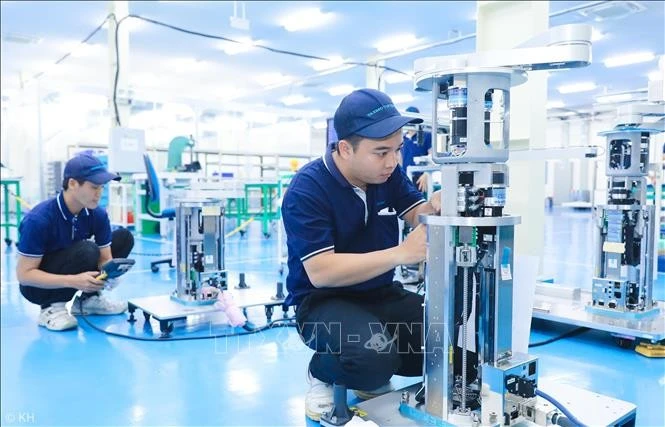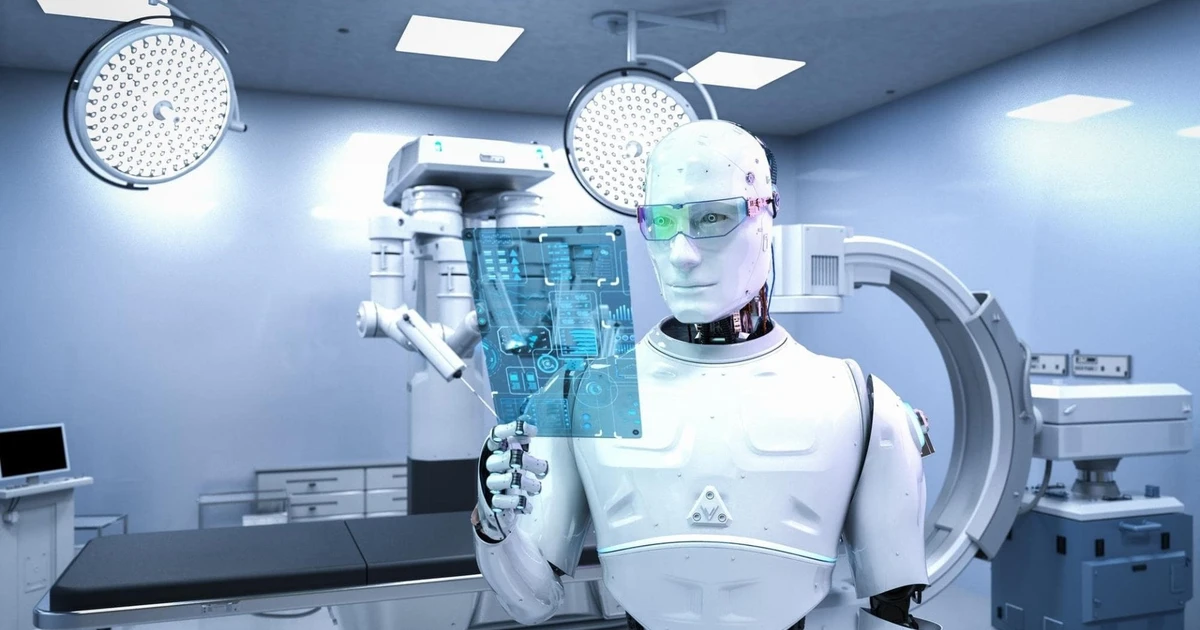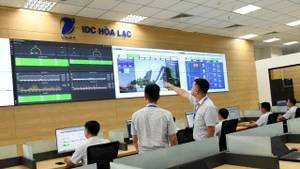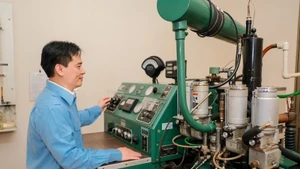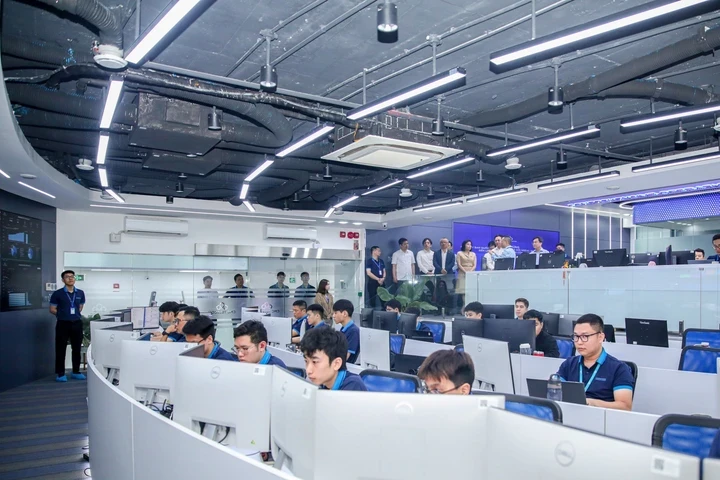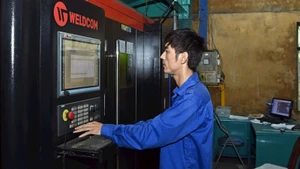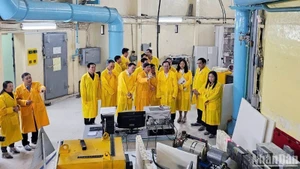To help incubation truly become a launchpad, gaps in institutions, resource, and operational mechanisms must be quickly addressed, aiming towards the goals of Resolution No. 57, which sets the target of having 5,000 start-ups and listing Viet Nam in the world’s top 100 start-up ecosystems by 2030.
Enterprises join in, expanding incubation space
Resolution No. 57-NQ/TW regards science–technology, innovation and digital transformation as key development pillars, in which incubators play an important role.
In recent years, digital transformation has created dramatic changes in operation methods, supporting enterprises and start-ups to overcome geographical barriers thanks to online incubation models, while expanding multidimensional connections with investors, experts and international partners.
According to Nguyen Thanh Hong, Director of Da Nang’s Department of Science and Technology, the local authorities have issued concrete policies to implement Resolution No. 57. Meanwhile, Resolution No. 53 of the Municipal People’s Council stipulates priority fields, criteria, conditions, and procedures for start-up activities as well as grants tax exemptions to eligible businesses and organisations.
Practical steps, such as Da Nang’s launch of a semiconductor Fab-Lab worth 1.8 trillion VND or Ho Chi Minh City putting the Innovation Start-up Centre into operation, show that Resolution No. 57 has been realised through concrete launchpad models.
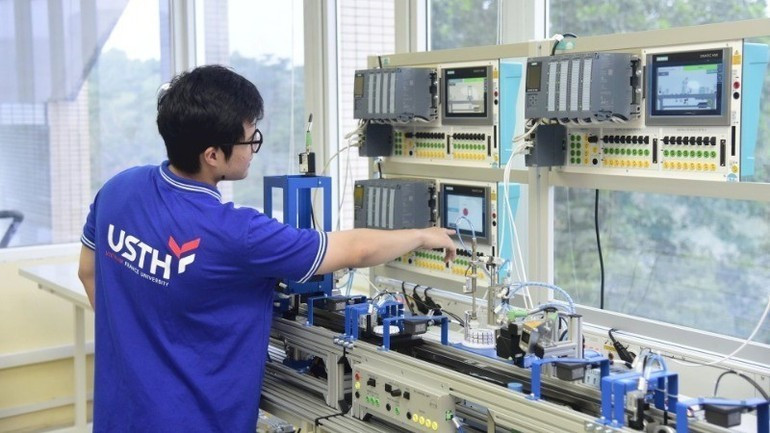
This approach aligns with Singapore’s “innovation hubs” and the Republic of Korea’s centres of excellence, demonstrating that Viet Nam is integrating along the right path.
Dr. Pham Hong Quat, Head of the Authority of Startups and Technology Enterprises under the Ministry of Science and Technology, said that Viet Nam has made remarkable progress in start-ups and innovation in recent years. The strong development of digital technology, online platforms, and the shared economic models has opened many new industries.
Outstanding examples include VinFast in electric vehicles, FPT in AI and software serving digital transformation, and green growth. The country now has about 4,000 innovative start-ups, including unicorns and many enterprises worth hundreds of millions of US dollars. These businesses are mainly concentrated in strong sectors such as edtech, fintech, e-commerce, and blockchain.
Incubation centres are gradually becoming launchpads for start-ups in the era of digital transformation, however, it still has various challenges to develop sustainably. MedCAT, with its precision medical data products targeting a digital healthcare–insurance ecosystem, is one such example.
CEO Dang Thi Anh Tuyet admitted that Vietnamese start-ups like MedCAT still face difficulties due to lack of capital, legal frameworks, and market support, especially in valuation and intellectual property protection.
Another example is Coc Coc, which grew out of the start-up ecosystem and now has more than 30 million users and ranks the second position among popular browsers. This is a “golden moment” for Vietnamese technology as innovation is placed at the centre of the national strategy.
However, Mai Thi Thanh Oanh, Deputy CEO of Coc Coc, shared: “The problem of high-quality human resources in spearhead fields such as AI, semiconductors, and the Internet of Things remains a great challenge, requiring more policies to support for research, development, and venture capital.”
From a management perspective, Nguyen Mai Duong, Head of the Department of Innovation under the Ministry of Science and Technology, proposed that each ministry, sector, and locality should establish at least one innovation centre. The target of more than 100 centres will be established by 2025–2026, forming a network to support businesses in technology transfer, connecting experts and expanding international cooperation.
However, to turn these goals into a reality, the current shortage and weakness of centres must be addressed. The number of innovation centres is still very small, limited operations, and short of resources.
If the target is to support one in every 10 enterprises, Ha Noi alone would need hundreds of centres across the city, instead of just the handful it has at present.
On this matter, Do Tien Thinh, Deputy Head of the National Innovation Centre (NIC), frankly said that the issue is not about physical space, but about building an ecosystem where enterprises can meet, connect, and find consulting experts and investors.
To close the gap, he proposed making use of more than 4,200 abandoned public buildings after the merger of local administrations, turning them into a network of business support centres, providing a time- and cost-saving solution compared to building new ones.
At the same time, centres should be elevated to departmental level, with open-minded leaders, who understand enterprises and consider universities and research institutes as core resources, where research results can be commercialised.
Three pillars determine motivation
Experience shows that a sustainable start-up ecosystem cannot rely on enthusiasm and ideas alone, but it requires three pillars: institutions, capital, and human resources. These three must be tightly linked to create motivation.
Institutions play a fundamental role. Perfecting the legal framework, especially implementing sandbox mechanisms for new technologies such as AI, chips, fintech, and blockchain, will pave the way for public–private cooperation, promote commercialisation of research and remove barriers for businesses.
Deputy Minister of Science and Technology Hoang Minh emphasised that the current focus is to build a national innovation system, connecting universities and research institutes with enterprises, developing support centres and spreading the culture of a “Start-up Nation”, toward the goal of 40% of enterprises being innovative by 2030.
At the same time, development of intermediary organisations such as incubation centres, expansion of investment funds, and connections of high-tech zones in Ha Noi, Da Nang, Ho Chi Minh City, and Can Tho to attract foreign direct investment, form industry clusters and technology value chains. Along with institutions, capital should be mobilised through venture investment funds, innovation funds, youth talent funds, public–private partnerships, and credit incentives to ensure stable resources for businesses.
Experts consider this the key to bringing ideas from the laboratory to the market, reducing risks, and encouraging major corporations to order solutions from start-ups.
In addition to institutions and capital, human resources are a decisive factor. Prof. Dr. Le Anh Tuan, Chairman of Ha Noi University of Science and Technology’s Council, said that to help start-ups succeed, strong legal documents and transparent financial mechanisms are needed to reassure universities and institutes when cooperating with businesses.
Training high-quality human resources in key fields such as AI, semiconductors, and IoT is urgent. At the same time, flexible policies are needed to attract talents and pay competitive salaries in order to turn educational institutions into innovation nuclei.
The “three-house” link model — state, schools, and enterprises — must be strongly promoted so that research products can reach the market. This requires a renovation of thinking, the spread of the start-up culture, the development of digital infrastructure, and the perfection of legal frameworks for new products.
Dr. Tran Van Khai, Deputy Head of the National Assembly’s Committee on Science, Technology and Environment, emphasised that it is necessary to improve the business environment, simplify procedures for establishing science–technology enterprises, registering patents and trademarks, while upholding the role of incubation centres and start-up acceleration programmes.

Only when the three pillars of institutions, capital, and human resources are implemented synchronously can incubation centres become the core linking the “three houses”. Then Viet Nam’s start-up ecosystem will be able to break through, aiming for 5,000 start-ups and being listed in the global top 100 by 2030. It is not only an economic target but also a national aspiration for a digital start-up nation.


